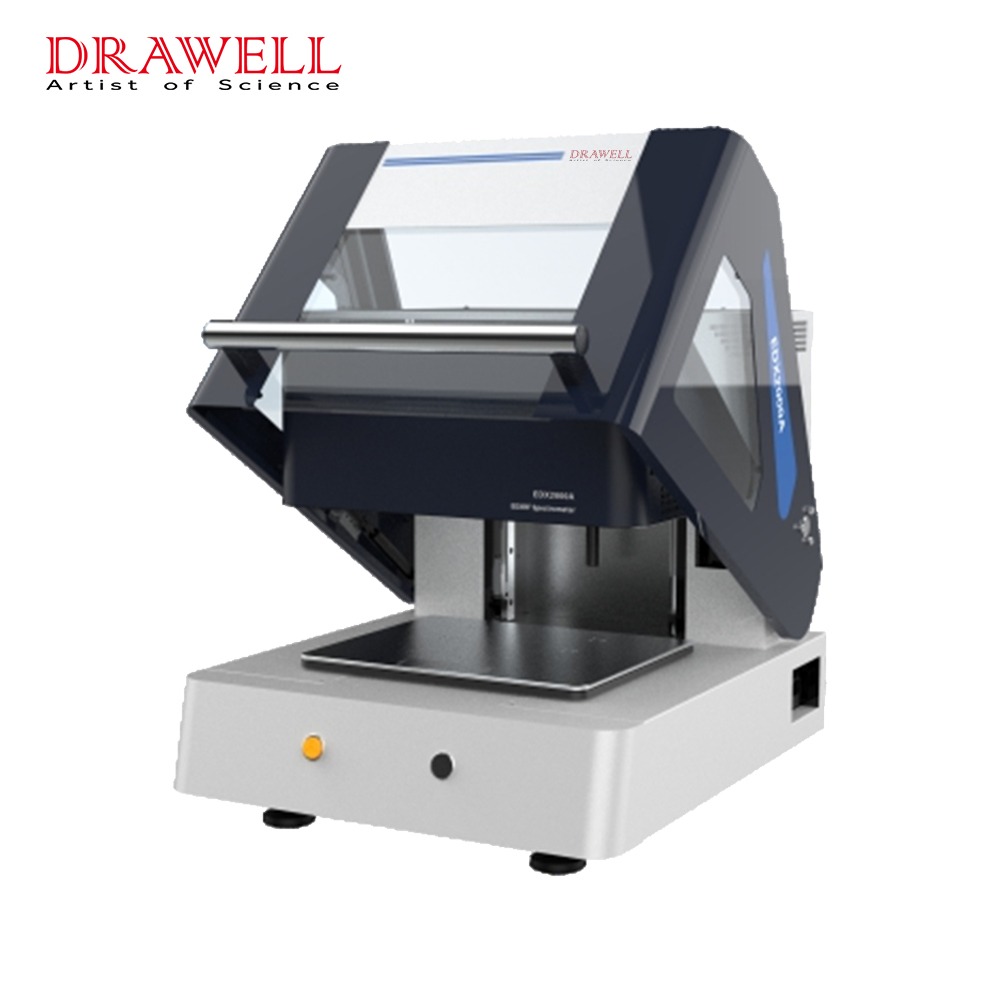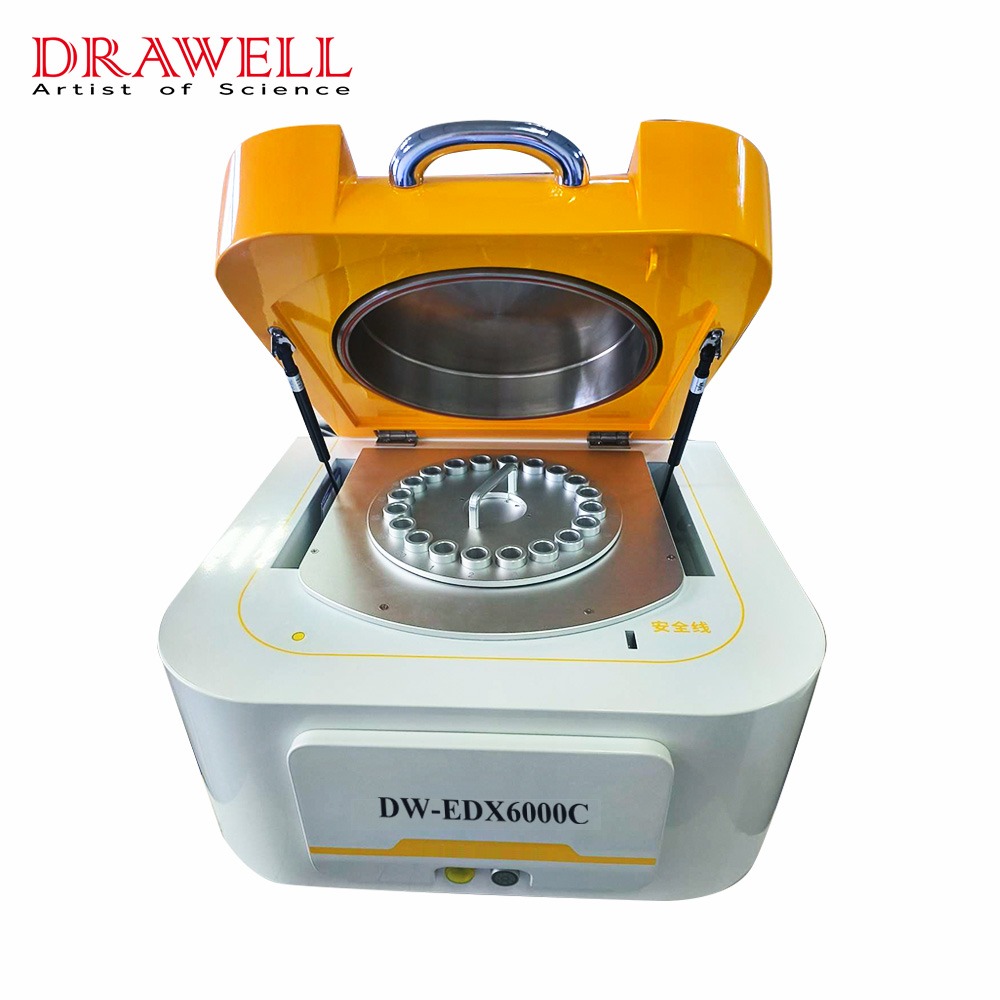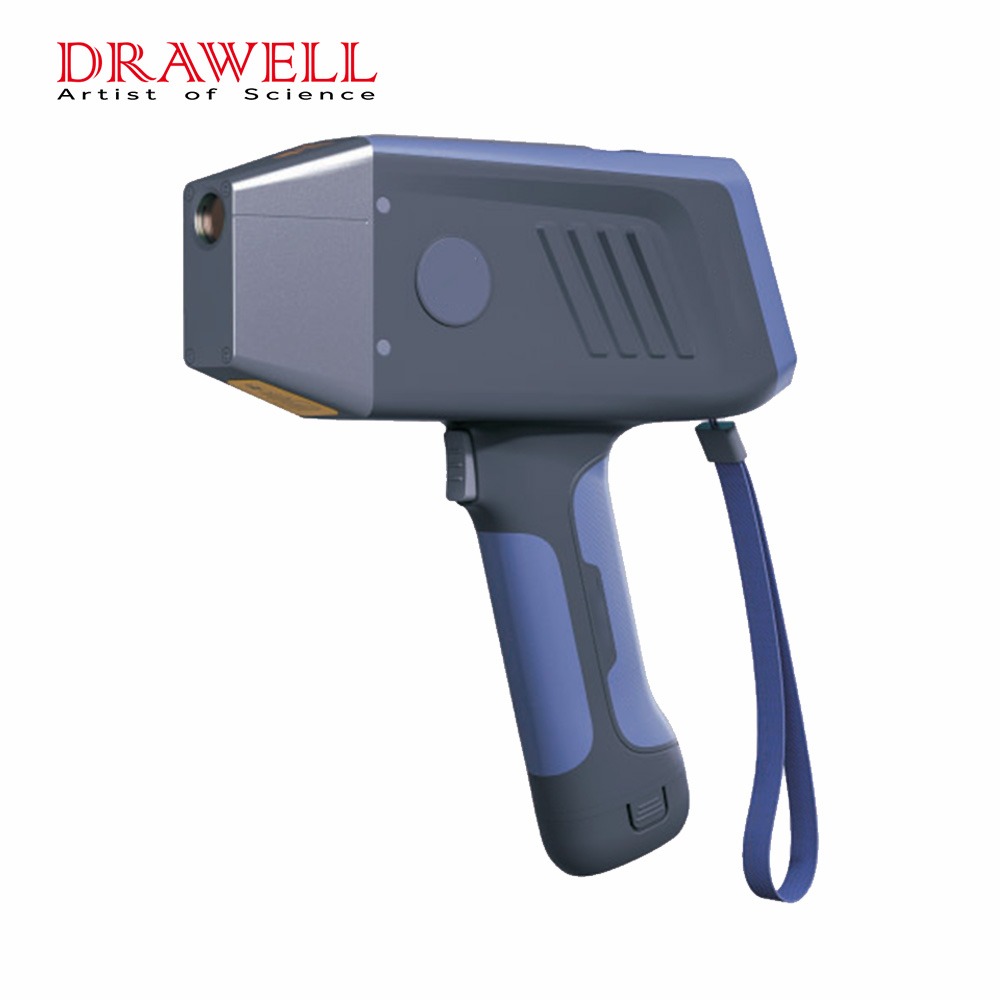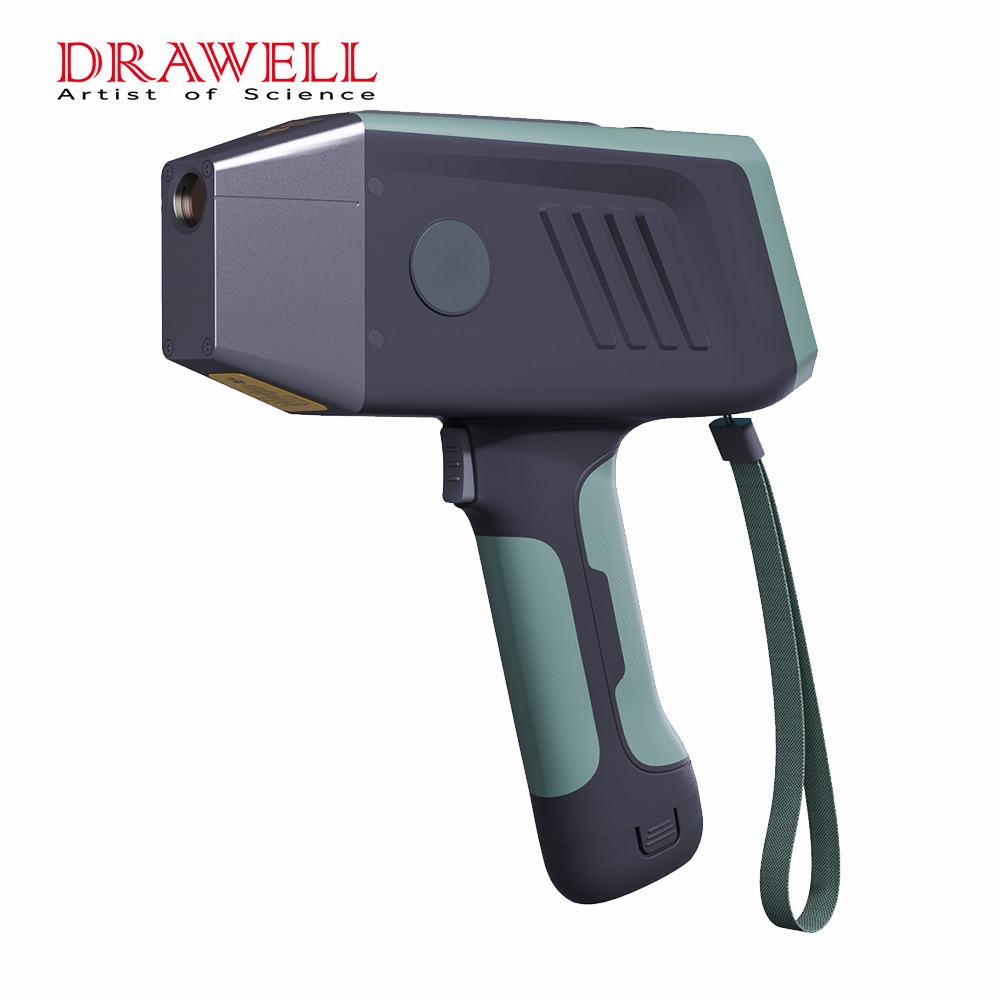In the dynamic realm of material analysis, technological advancements continually reshape the landscape, providing scientists, engineers, and professionals with tools that redefine conventional methodologies. Among these transformative innovations, handheld XRF metal analyzers stand out as versatile devices, bridging the gap between laboratory precision and on-the-go efficiency. This article delves into the profound impact of handheld XRF metal analyzers, exploring how they are revolutionizing analysis methods from the traditional confines of the lab to the dynamic demands of the field.
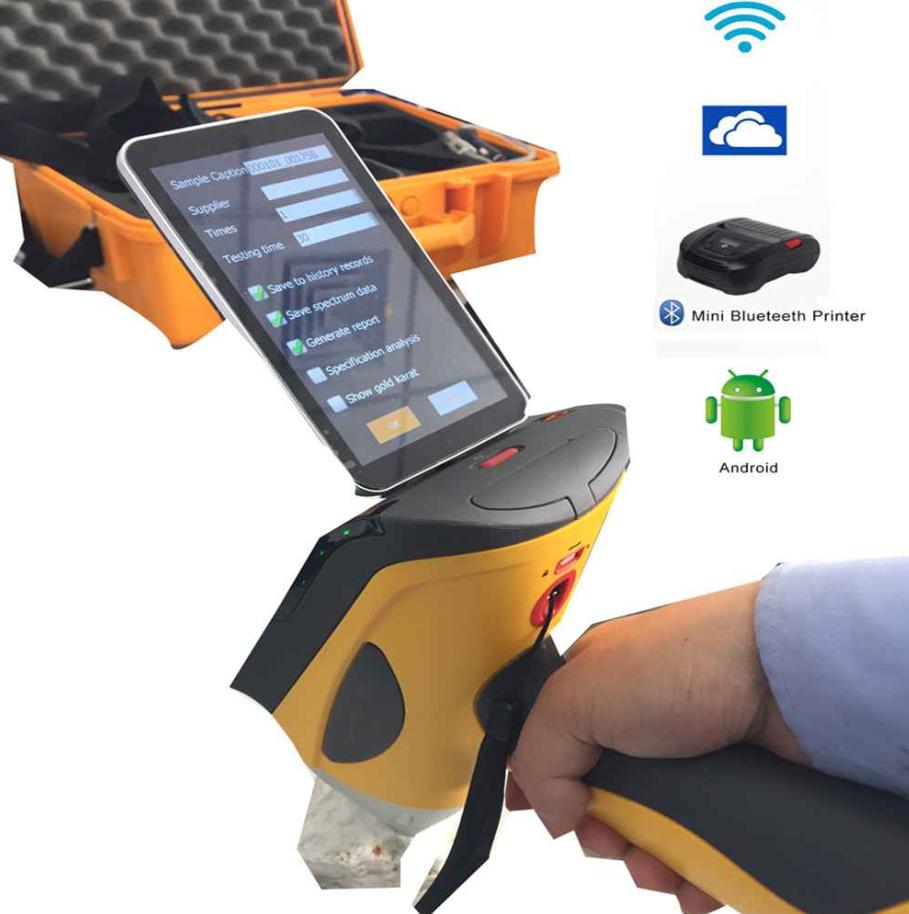
1. A Portable Powerhouse: The Rise of Handheld XRF Metal Analyzers
Handheld XRF metal analyzers represent a paradigm shift in material analysis, offering a portable solution without compromising accuracy. Traditionally, metal analysis required samples to be transported to a laboratory for comprehensive testing, a process often time-consuming and resource-intensive. With handheld XRF devices, this bottleneck is eliminated, enabling real-time, on-site analysis that significantly expedites decision-making processes. Moreover, Handheld XRF analyzers, weighing as little as a few pounds, offer unparalleled portability, enabling users to conduct analysis virtually anywhere.
2. Versatility Unleashed: Applications Across Industries of Handheld XRF Metal Analyzers
One of the key strengths of handheld XRF metal analyzers lies in their versatility, making them indispensable across a spectrum of industries. Whether in mining, manufacturing, environmental monitoring, or scrap metal recycling, these devices provide quick and reliable results, allowing professionals to make informed decisions without the delays associated with traditional laboratory testing. The ability to conduct rapid, accurate elemental analysis directly in the field has transformed decision-making processes in various industries. Handheld XRF analyzers empower users to identify materials accurately, assess quality, and ensure compliance with regulatory standards.

3. Precision in Your Palm: How Handheld XRF Metal Analyzers Work
At the heart of handheld XRF analyzers is the principle of X-ray fluorescence. These devices emit X-rays onto a sample, prompting the release of characteristic X-ray fluorescence from the material. By analyzing the emitted X-rays, the device can determine the elemental composition of the sample. The handheld form factor integrates sophisticated technology into a compact design, providing users with a user-friendly interface and rapid results.
4. Breaking Down Barriers: Advantages and Limitations of Handheld XRF Metal Analyzers
The advantages of handheld XRF analyzers extend beyond portability. These devices are non-destructive, allowing users to analyze samples without altering their integrity. Moreover, they can detect a wide range of elements, offering a comprehensive analysis of metallic materials. However, it is essential to acknowledge the limitations, such as potential interference from elements in the surrounding environment and the need for periodic calibration to maintain accuracy.
5. Revolutionizing the Future of Material Analysis Using Handheld XRF Metal Analyzers
As technology evolves, ongoing research and development aim to address current limitations and enhance the capabilities of handheld XRF analyzers. Future iterations may incorporate artificial intelligence for smarter data interpretation, improved sensitivity to trace elements, and expanded applications across diverse industries. With enhanced sensitivity, expanded elemental detection ranges, and improved user interfaces, these devices are shaping the future of material identification and quality control.
Conclusion
From the laboratory to the field, handheld XRF metal analyzers are ushering in a new era of analysis methods. Their portability, speed, and accuracy empower professionals to make critical decisions on-site, eliminating the delays associated with traditional laboratory testing. As these devices continue to evolve, their transformative impact will undoubtedly extend across a myriad of industries, shaping the way we approach material analysis and opening new possibilities for innovation in research and industry practices. The journey from lab to field is now seamless, thanks to the handheld XRF metal analyzer revolution.

